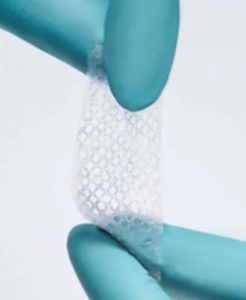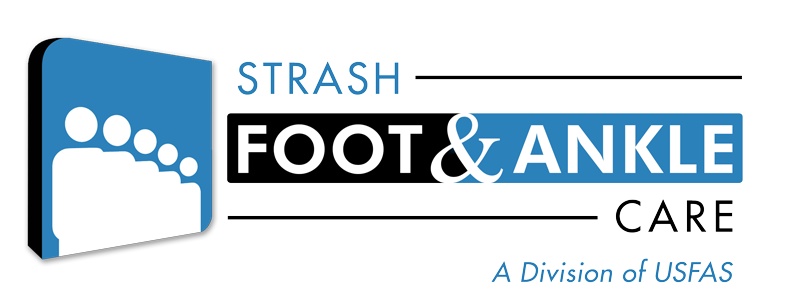
07 Mar Amniotic Membrane and Healing
When we suffer a cut or an abrasion the skin will form a scab and eventually new skin will form in the area. This occurs because we have stem cells in our bodies that work to repair the damage.
There is a complex series of events that takes place at the site of injury creating the repair and the end result with the cut is the formation of new skin.
Aging and underlying medical conditions such as diabetes and autoimmune conditions cause the body to become less efficient at healing.
Our own stem cells become less active, less effective and less plentiful over the years which leads to slower healing and prolonged injury and pain.
Fortunately the harvesting and use of placental stem cells in wound care aids in this healing process.

Some studies estimate that almost a quarter of patients with wounds have them for longer than six months. Others estimate that 15% of wound care patients have wounds that last for greater than one year. Among diabetic patients, osteomyelitis is the most common consequence of a long lasting open wound of the foot with the soft tissue infection spreading to the bone infecting the cortex first and then the medullary bone. Osteomyelitis is usually due to a non-healing ulcer and is highly associated with amputation. Osteomyelitis should be suspected in all longstanding diabetic foot ulcers making it imperative to close these wounds in an expeditious manner.
Some first-line courses of management to treat wounds (Diabetic Foot Ulcers – DFU’s) includes saline wet to moist dressings, debridement, offloading of weight-bearing ulcers, infection prevention, and patient education on proper foot care. Unfortunately these measures are not always successful for the reasons already mentioned. When this occurs current guidelines suggest that advanced wound therapies be incorporated into the treatment plan if an ulcer does not reduce in size by at least 40% after 4 weeks of standard wound therapy. Some of these advanced wound therapies include the use of placental tissue. Numerous publications with high level evidence report the results of randomized controlled studies on the use of amniotic membrane and favorable results in expeditious wound healing.
The use of amniotic membrane in the office setting encourages rapid and complete healing of wounds in order to reduce the risk of infection and amputation among patients. There are many products available and one product the doctors use at Strash Foot and Ankle Care is an amniotic membrane called Celera. The Celera patch is an extracellular matrix (ECM) and is applied weekly by the doctors to the wound. Celera is isolated from placental tissue and has remarkable strength and regenerative capacity.

Open wounds have serious consequences. If you have an open would to your foot or ankle please consult one of the doctors at Strash Foot and Ankle Care. We’re here to help you put your best foot forward again.

